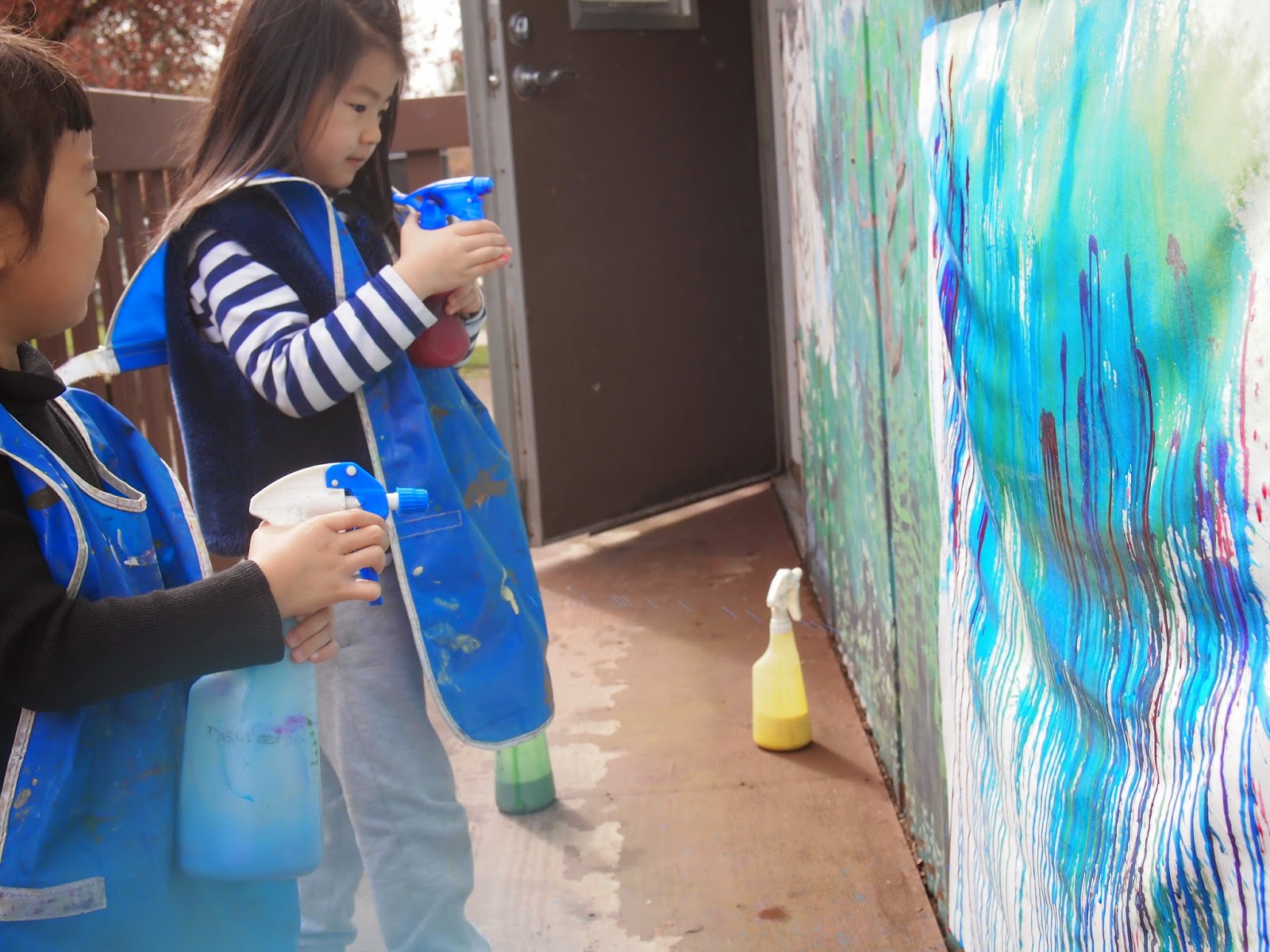Decorations Unit

We have now started a new unit on Decorations. "This decoration makes the school beautiful" - Billy When asked what they think is a decoration the children talked about things which are beautiful, colorful, has pretty shapes and are used for special occasions. They noticed the pumpkins carved into Jack-o-lanterns, Christmas lights people put out on their windows, the Christmas trees, and also the colourful street signs. Billy: People clean their houses and put nice decorations so when their neighbors come it looks beautiful Michael: decorations are anything that is colourful. Olivia: flowers are decorations Patrick: pictures on the wall are beautiful.













